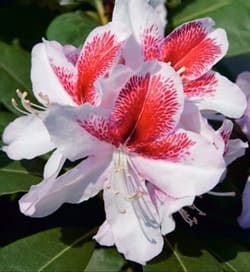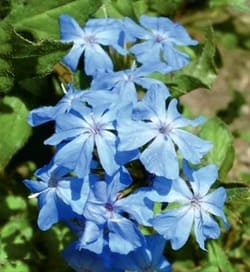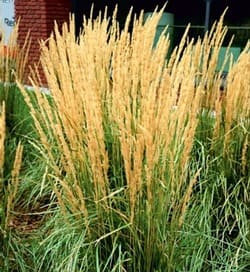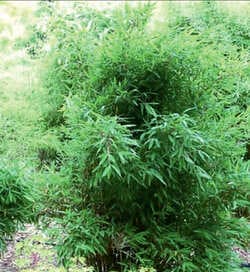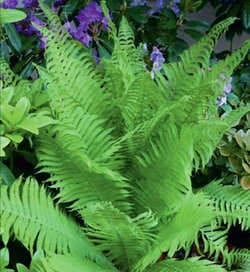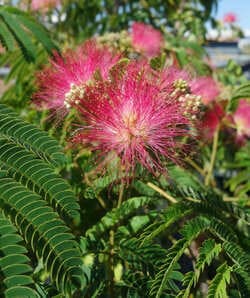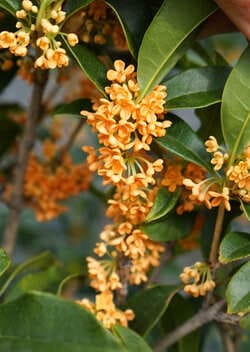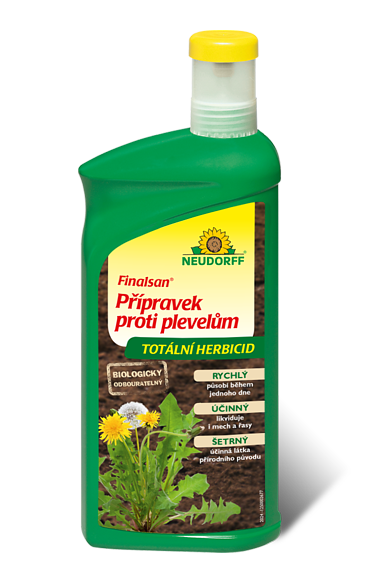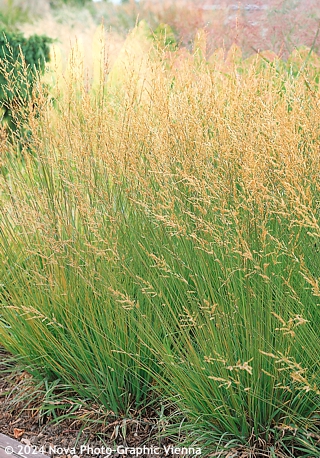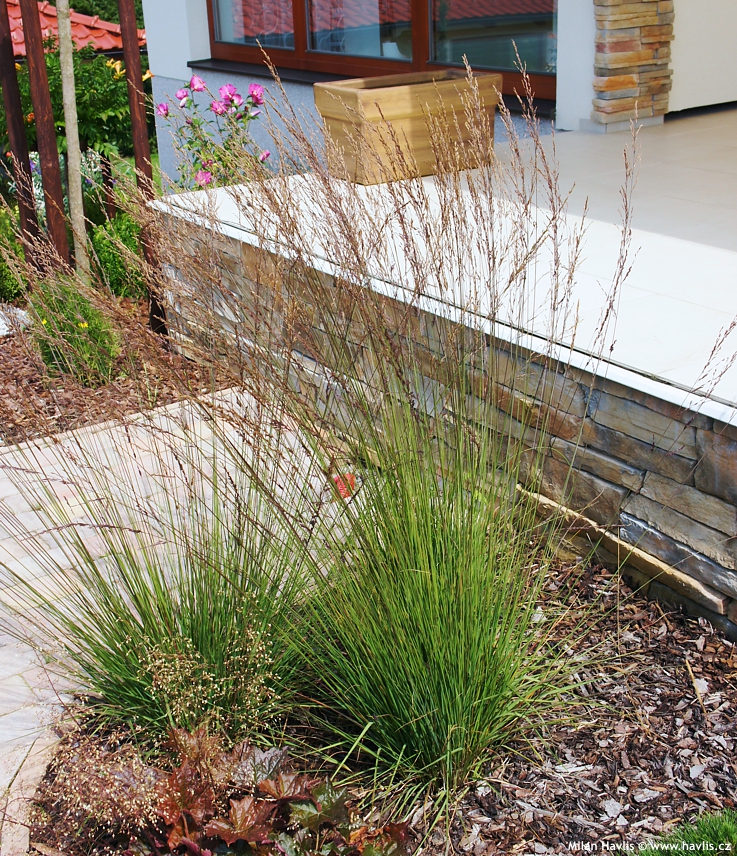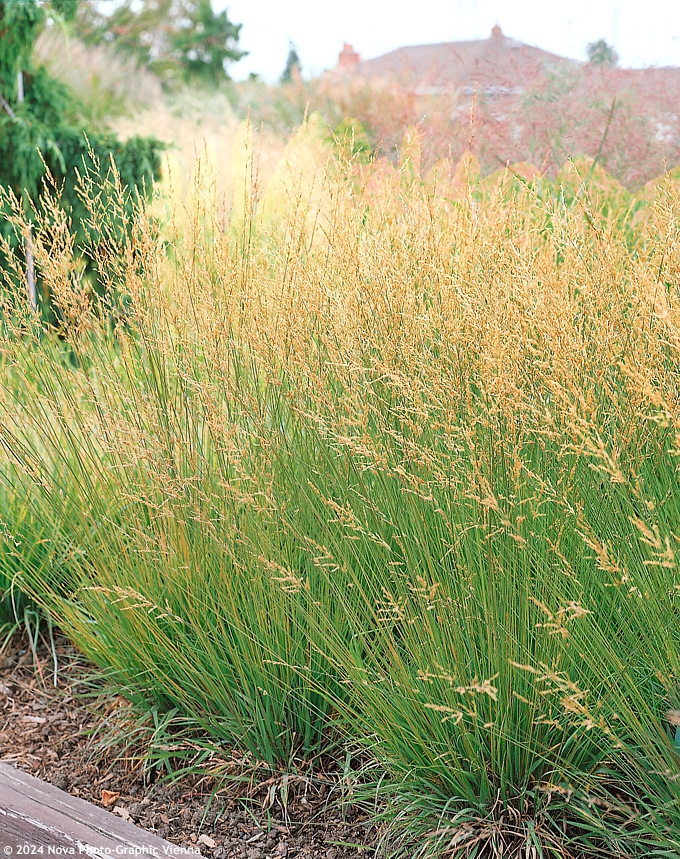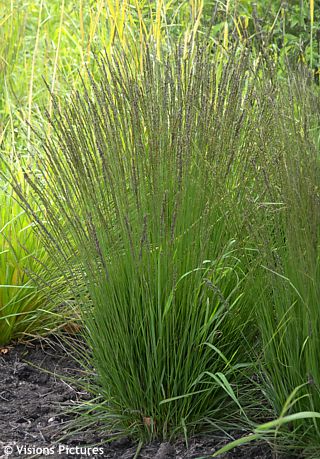Molinia caerulea 'MOORFLAME' purple moor grass
Molinia
Purple moor grass is an attractive species of ornamental grass that can be found in moist to wet habitats throughout Europe, Asia and North Africa around the Mediterranean Sea. In the lowlands it is found on heaths and moors accompanied by other ericaceous plants which is somewhat atypical for a grass species. In elevated altitudes it occupies places that soak up water at least during the spring thaws and rains as they do not require as much water later in the season. It was first described Carl Linnaeus in 1753 and included in the genus Aira and it was not until 41 years later that it was reclassified and transferred into a new genus Molinia, named in honour of Chilean historian and naturalist Juan Ignacio Molina (1740-1829). He wrote detailed studies on the local flora and fauna and became a significant contribution to the previously undocumented Chilean nature and its history.
Moorflamme belongs among medium-tall varieties of purple moor grass and boasts profuse, yet delicate inflorescences atop slender stems slightly over one meter high. The inflorescences are conspicuously separated from the low clump of leaves and sometimes make an impression as if they had nothing to do with the narrowly strap-like foliage that gets only some 40 cm tall. Flowers are purple with blue tones and composed in short spikes that form an upright panicle. They bloom from late June until late summer, then they turn glowing sandy yellow, and are soon followed by the leaves that take on orange and yellow autumn shades, too. No wonder that the variety is called Moor Flame in German.
Molinia is a slow-growing grass that takes time to get established in a new location. It is a moisture-loving species that can even handle moderate waterlogging in muddy soil and shallow ponds or lake margins, but it does not necessarily require so much water when cultivated in a garden. It prefers deep and more acidic soil that will not dry out completely, although once established it is very tolerant of short-term dry spells in summer. You can grow it in full sun or partial shade. In the spring, before new leaves emerge but after all frosts, cut it back 5-10 cm above the ground. It grows in compact clumps, does not weed around or gets invasive, and forms larger clumps very slowly – consider planting several plants into one nest. Hardy to min. -34 °C (USDA zone 4).
Last update: 04-09-2024












